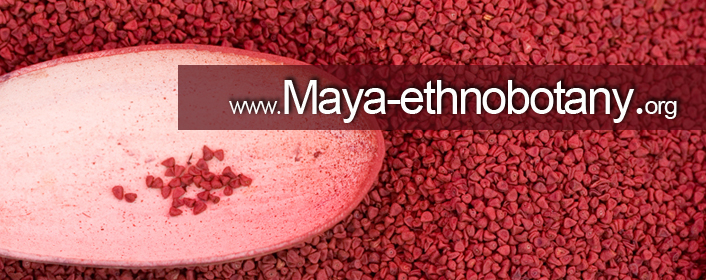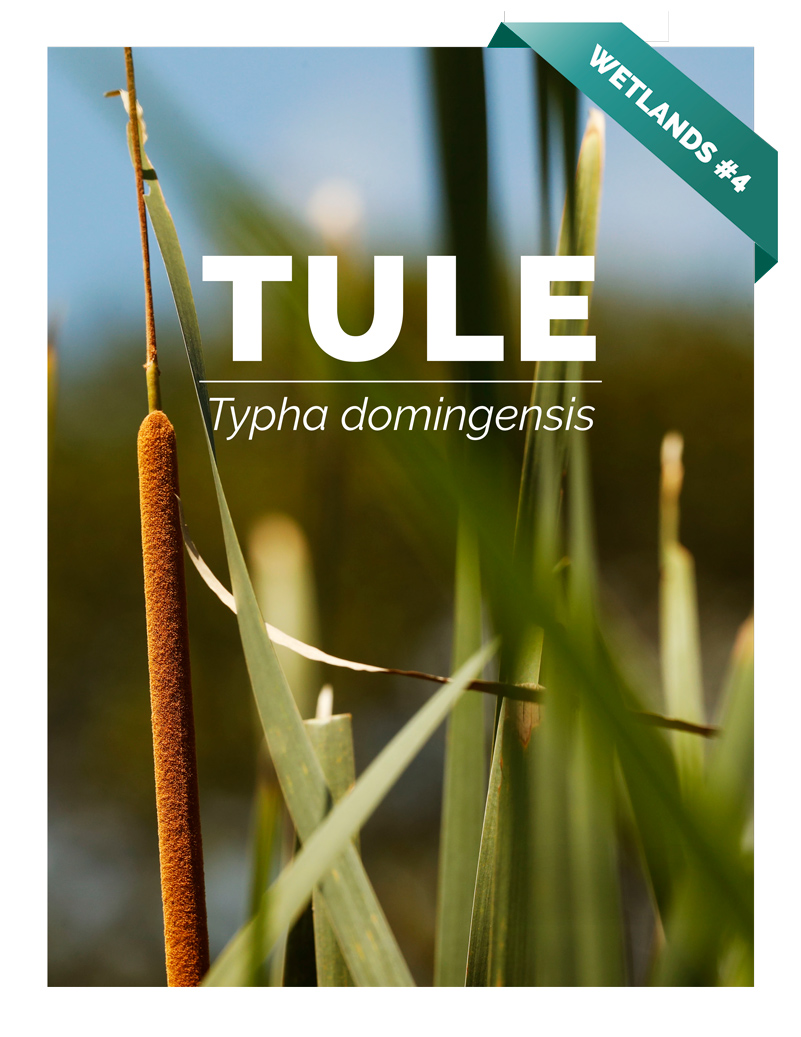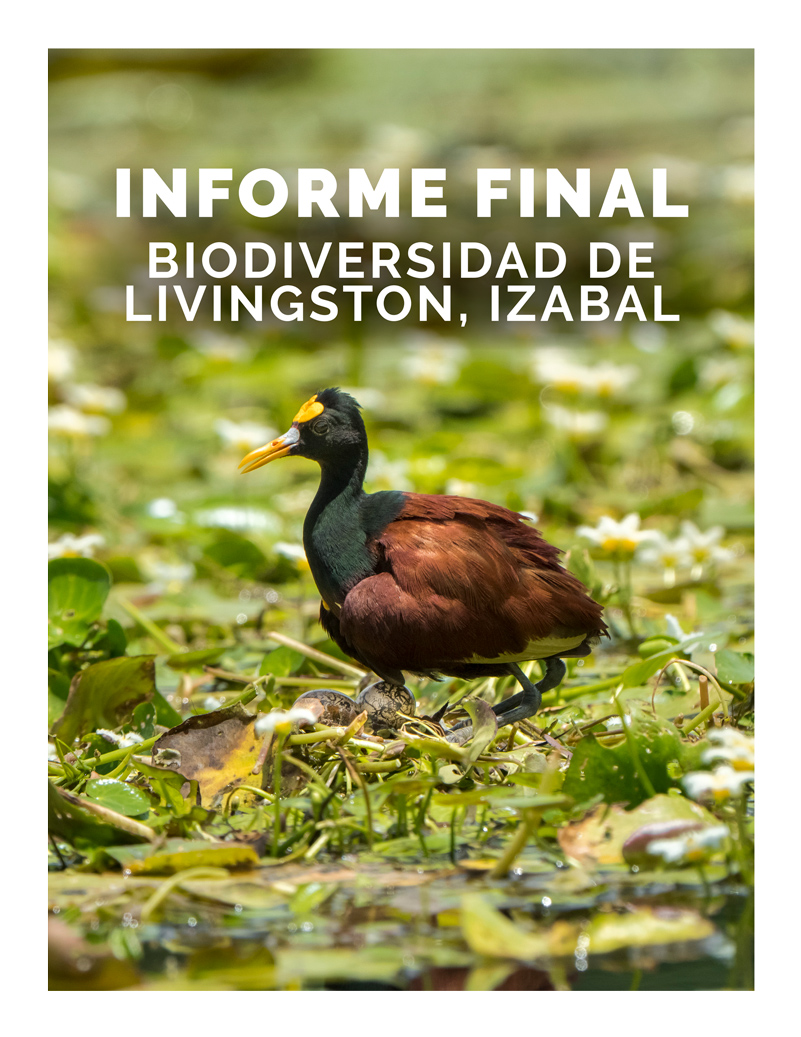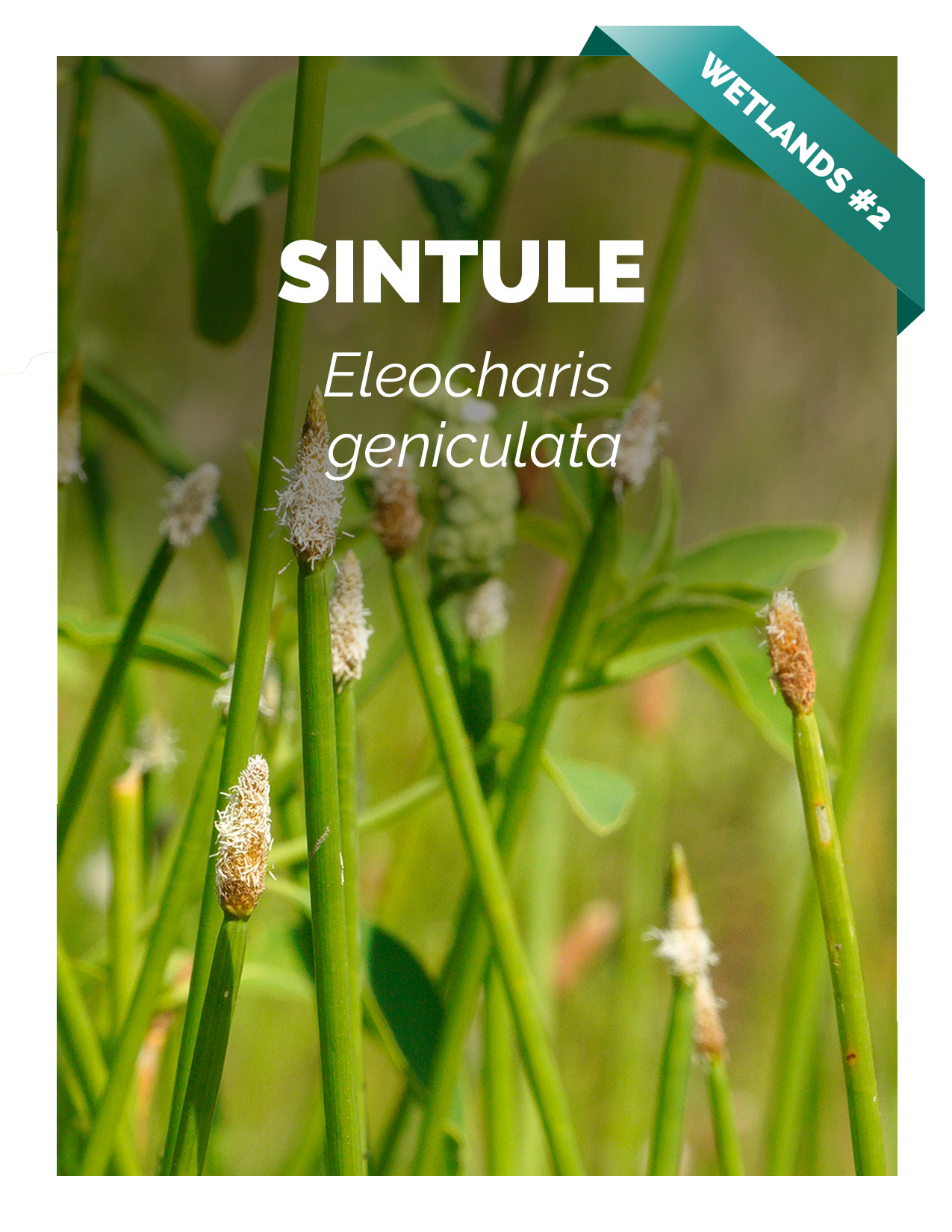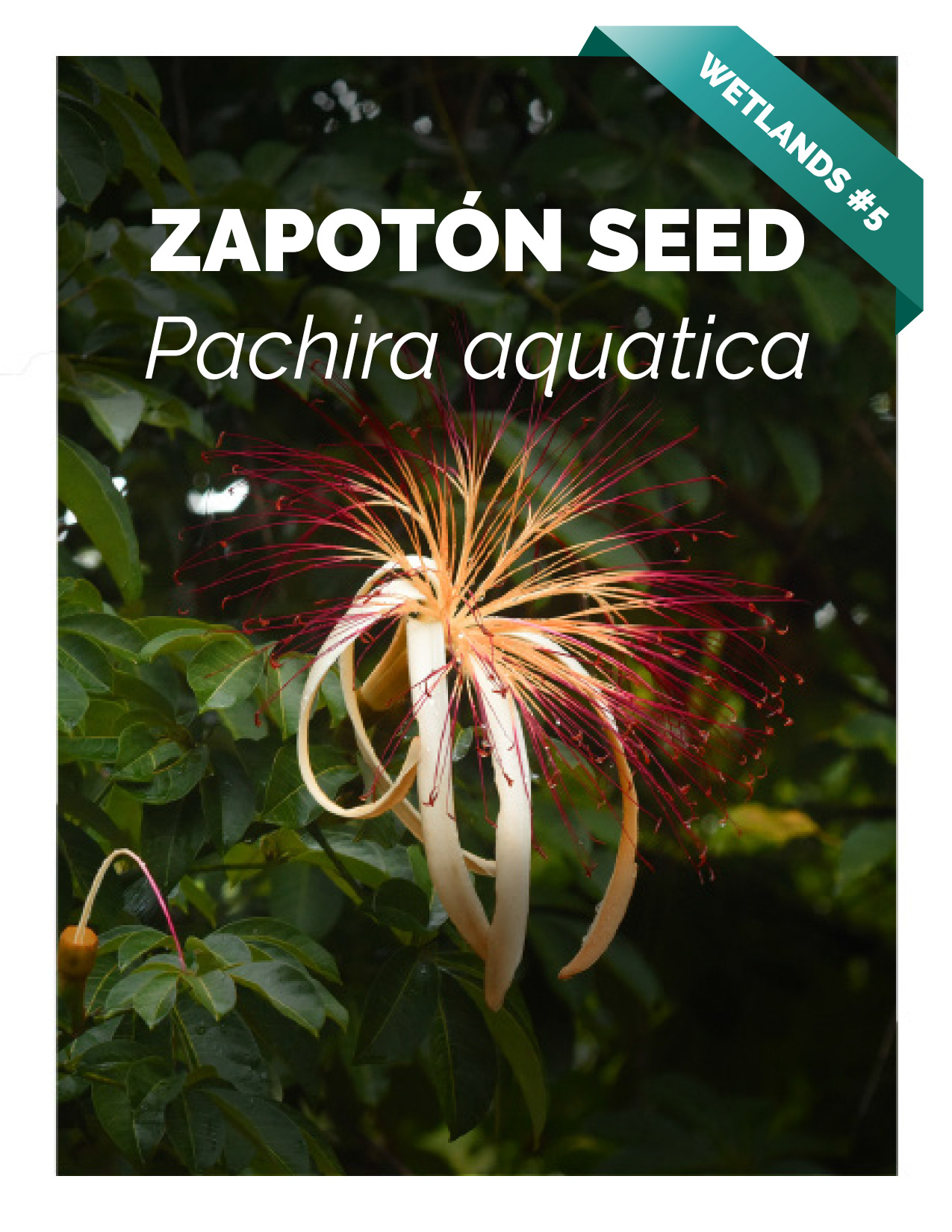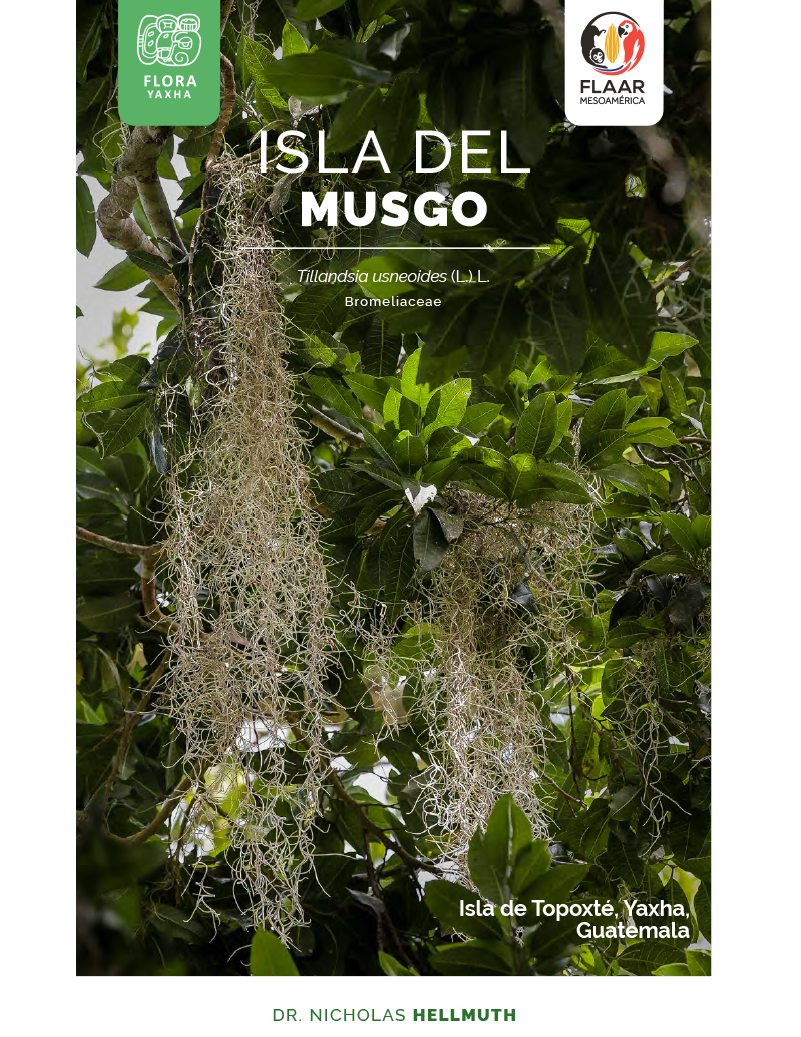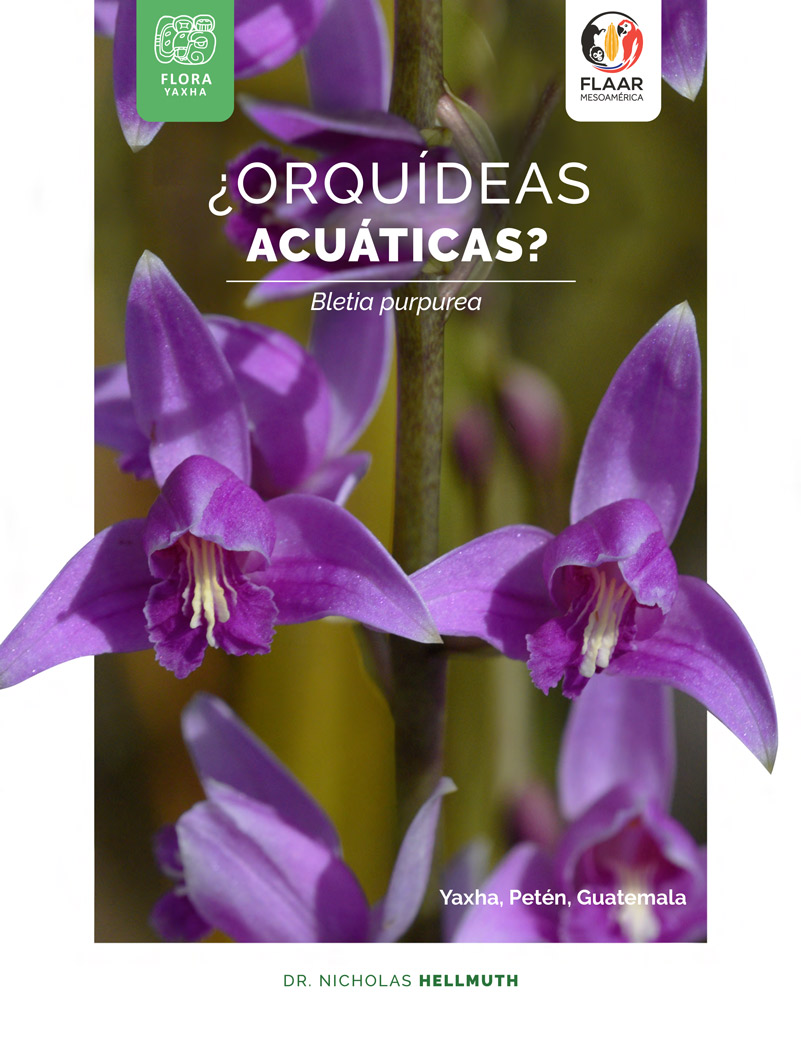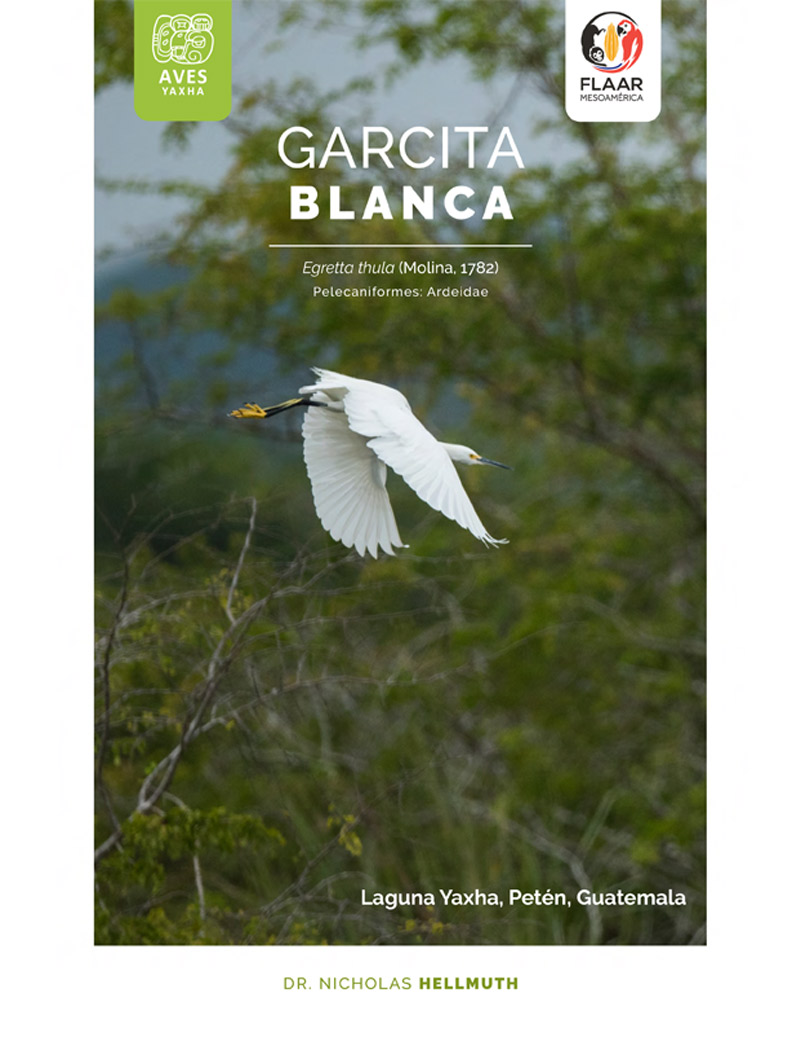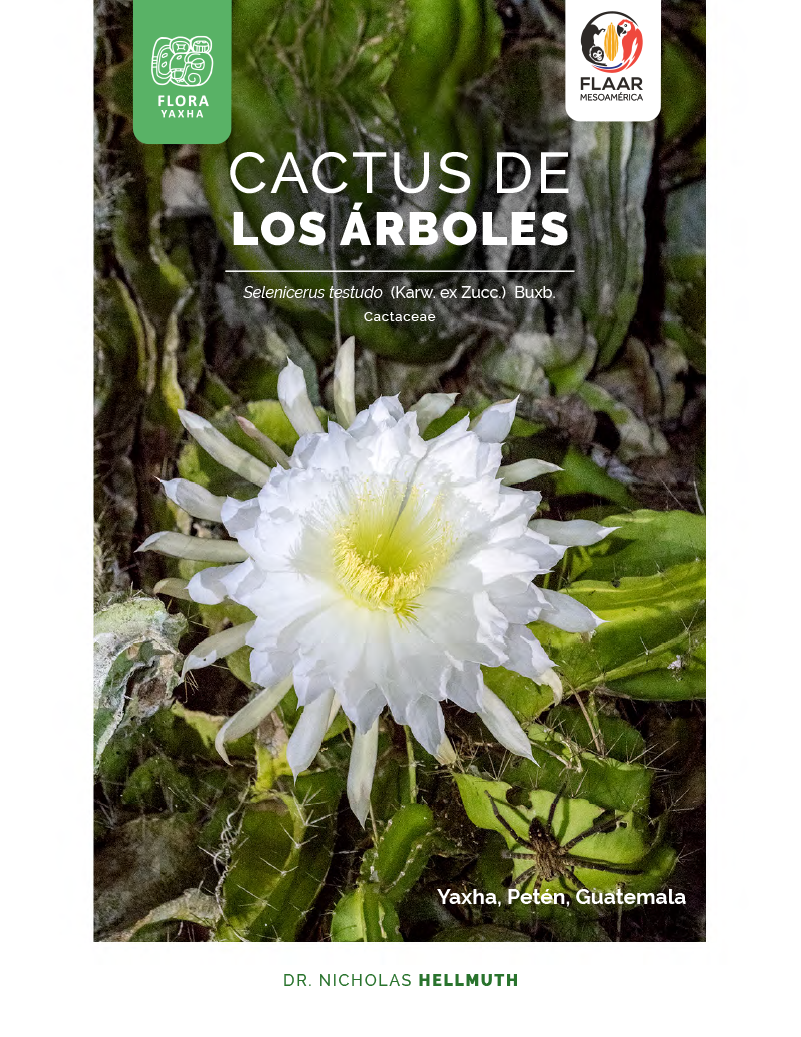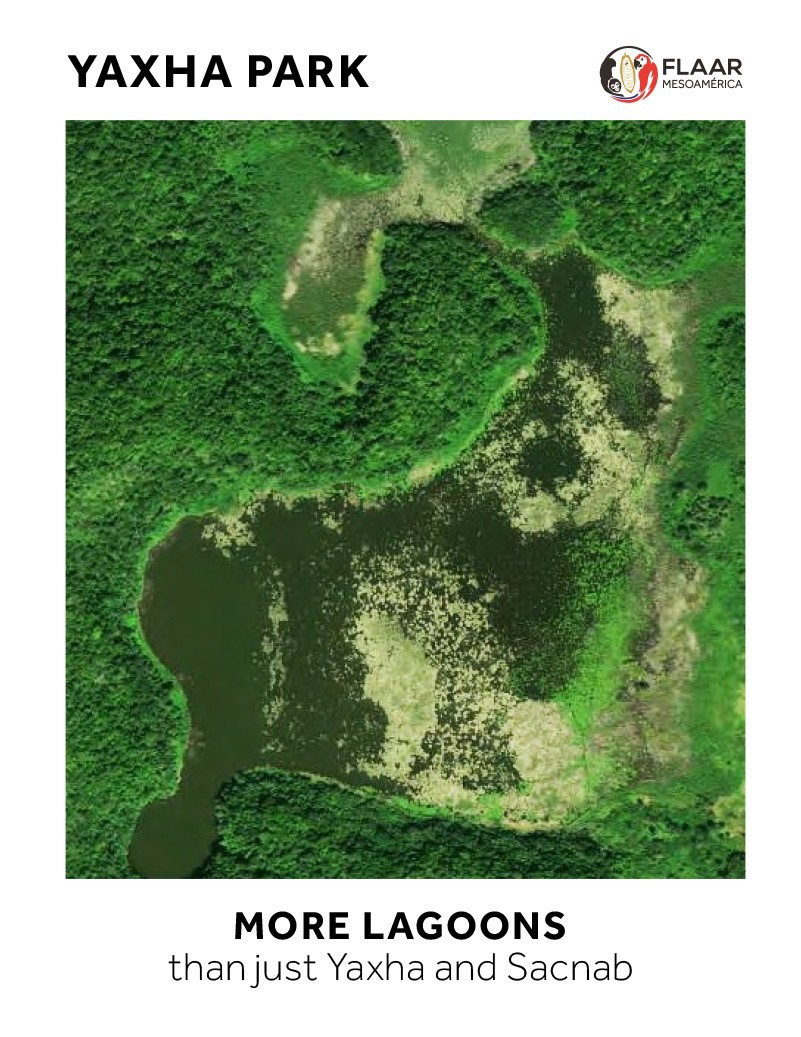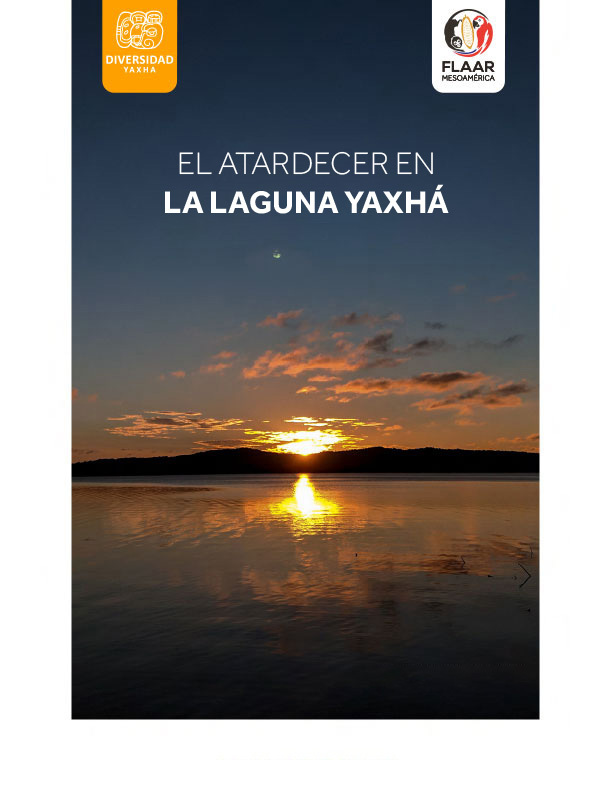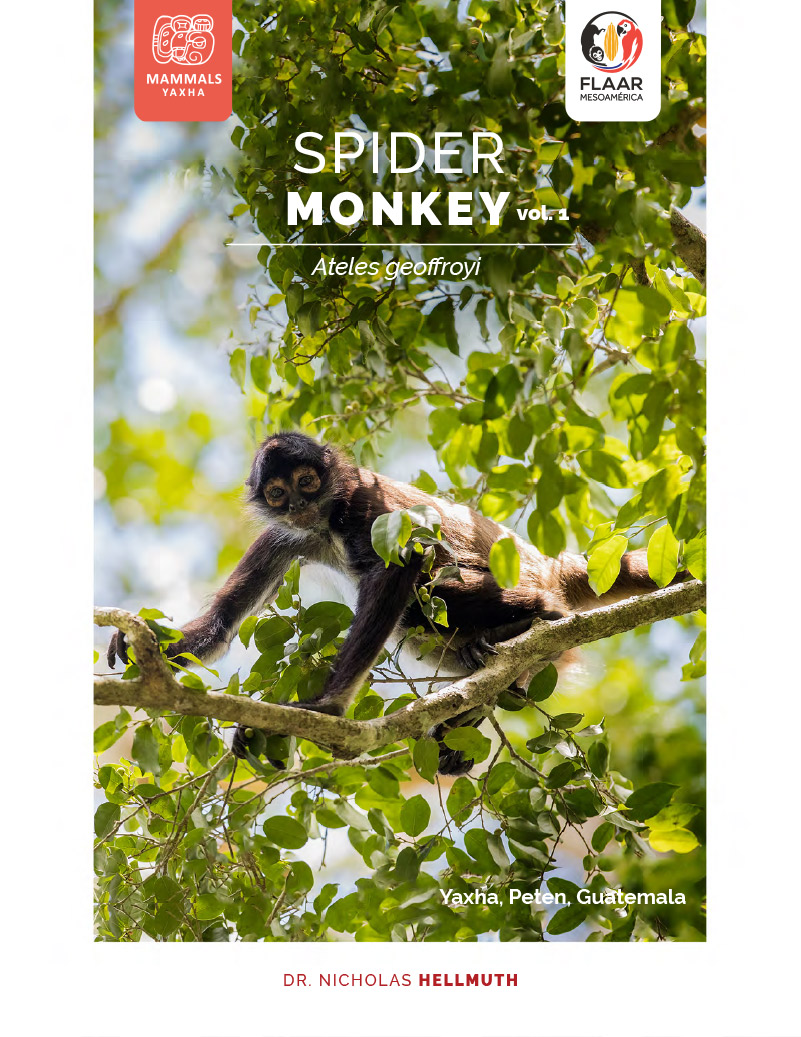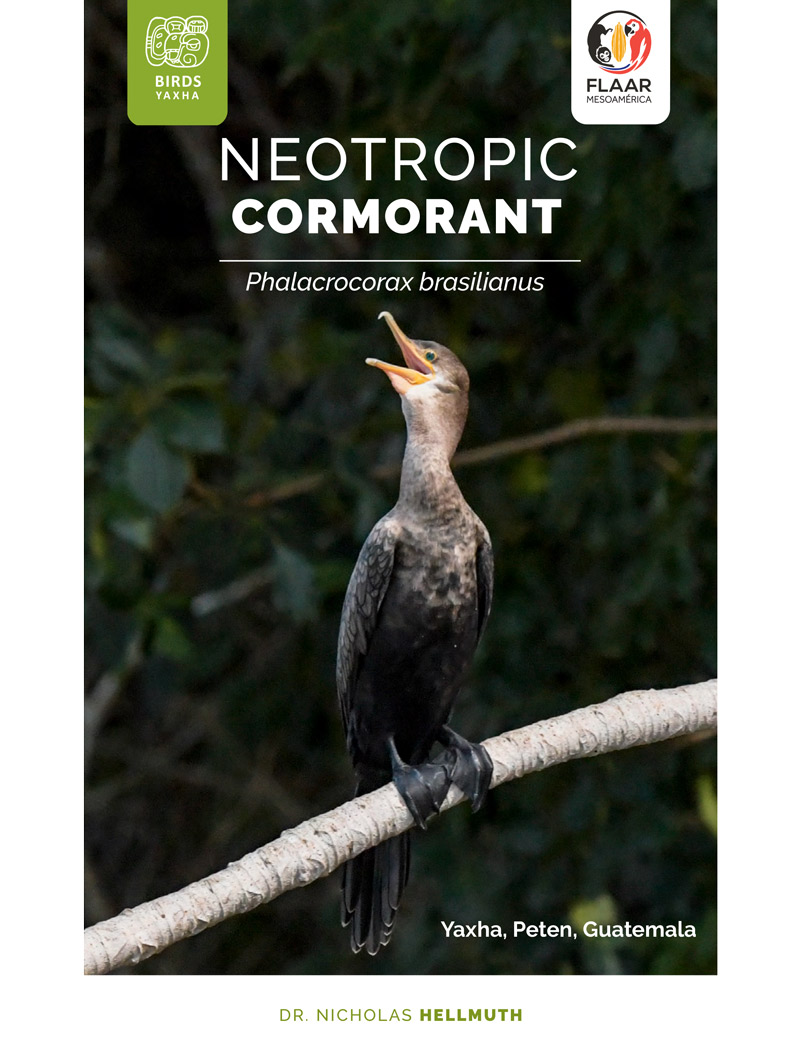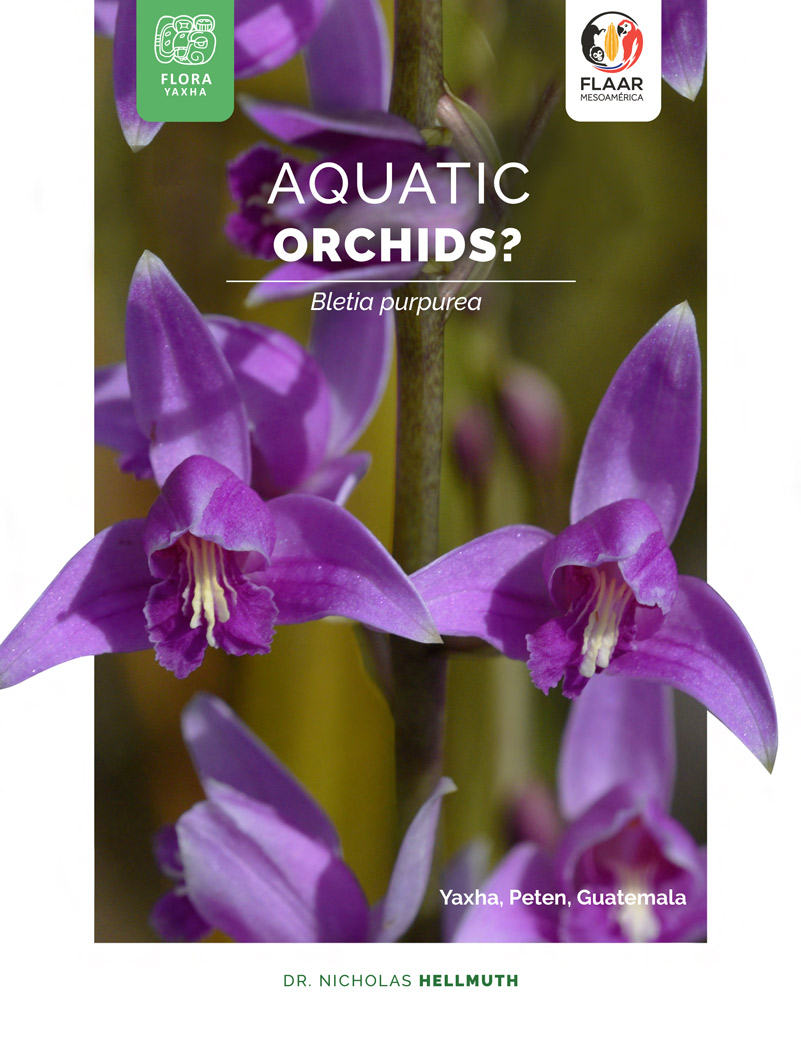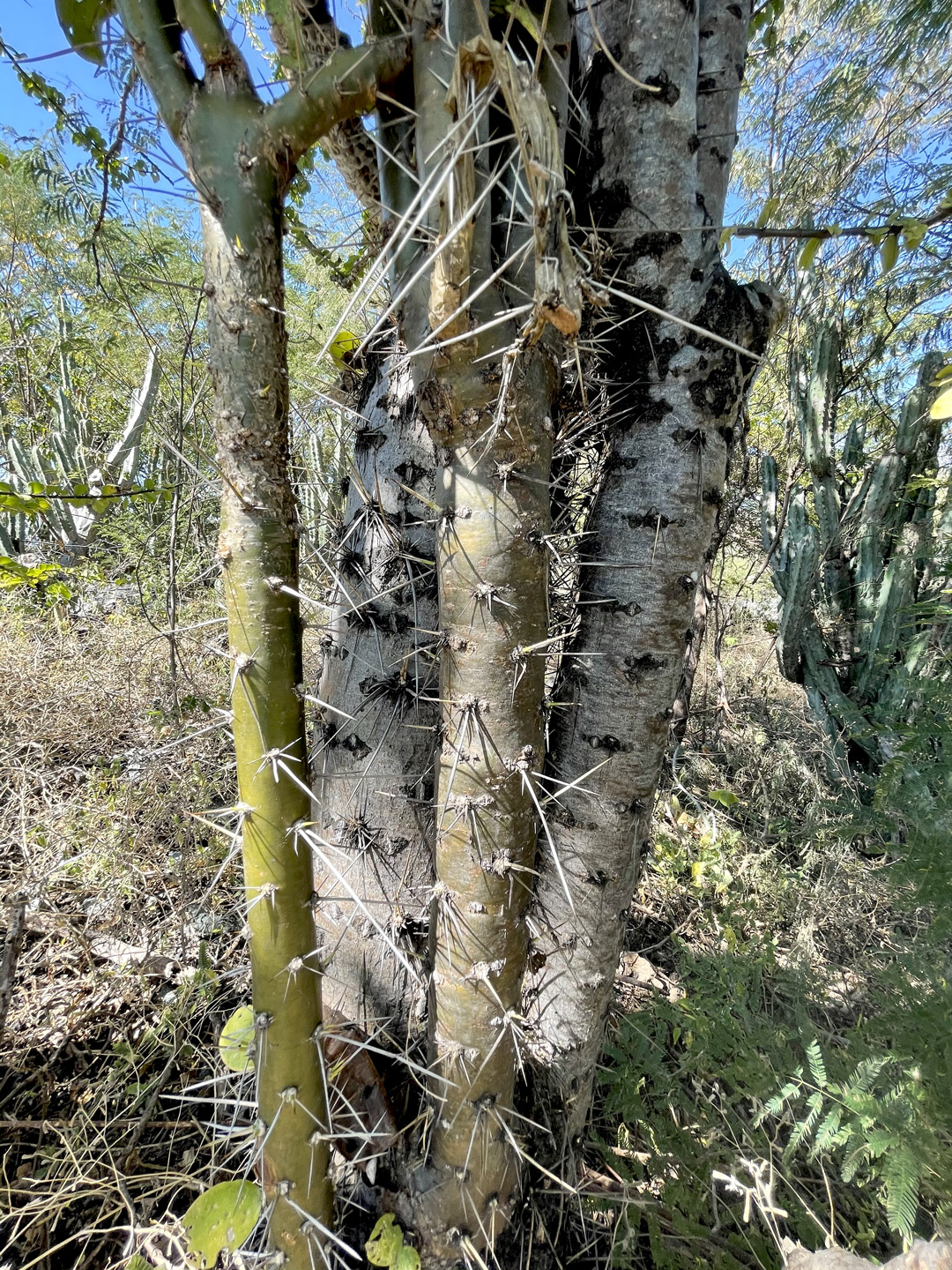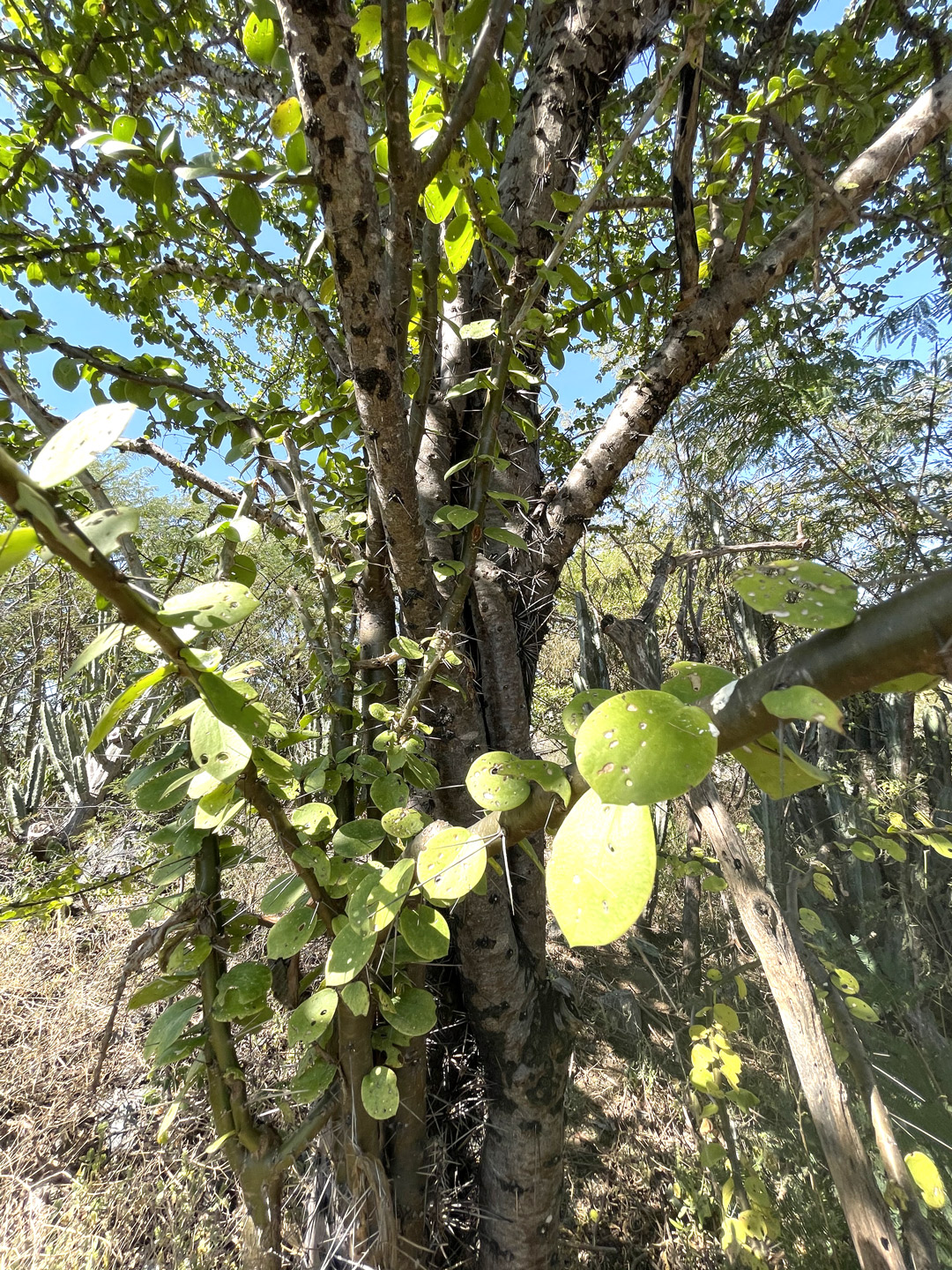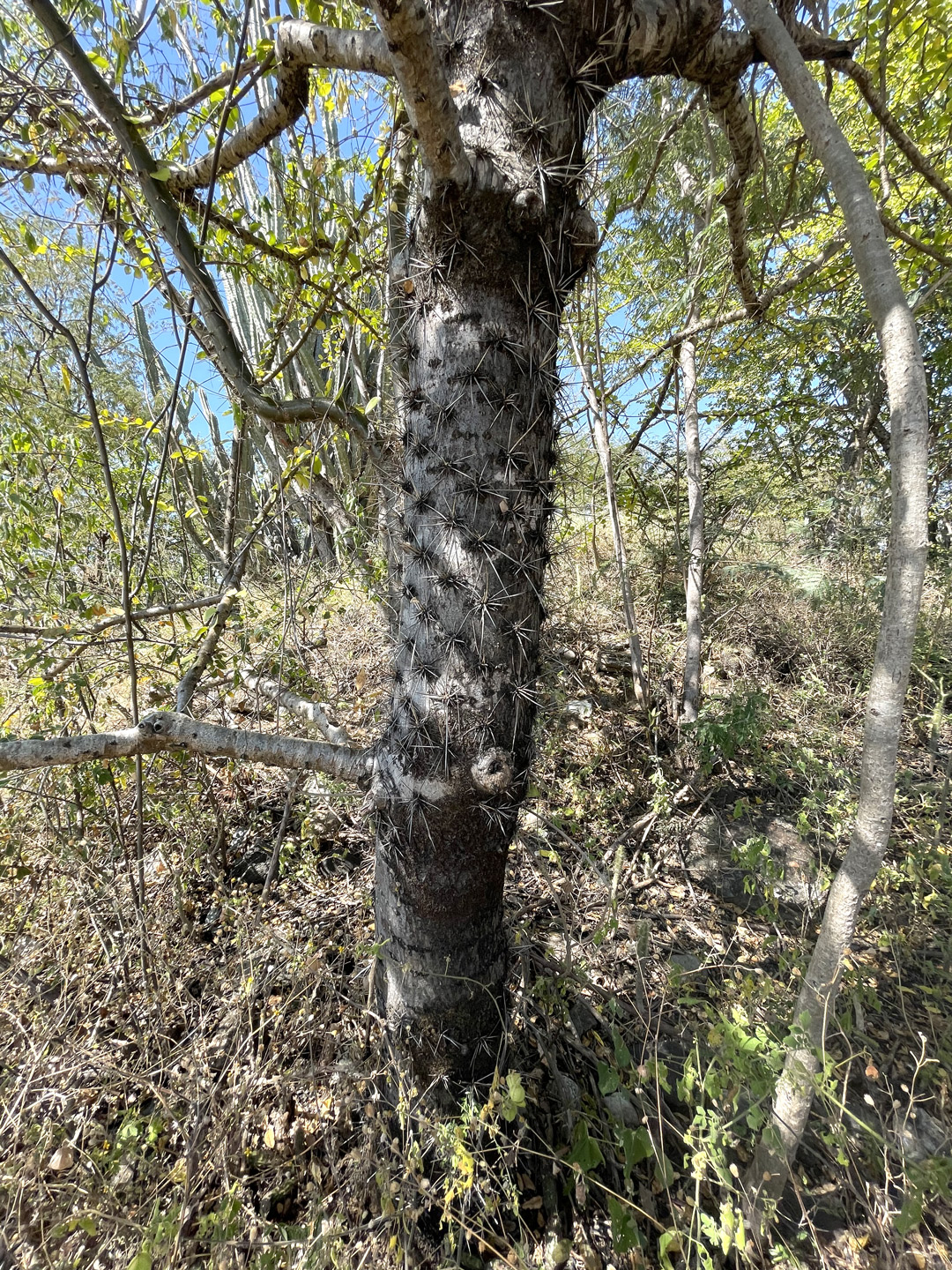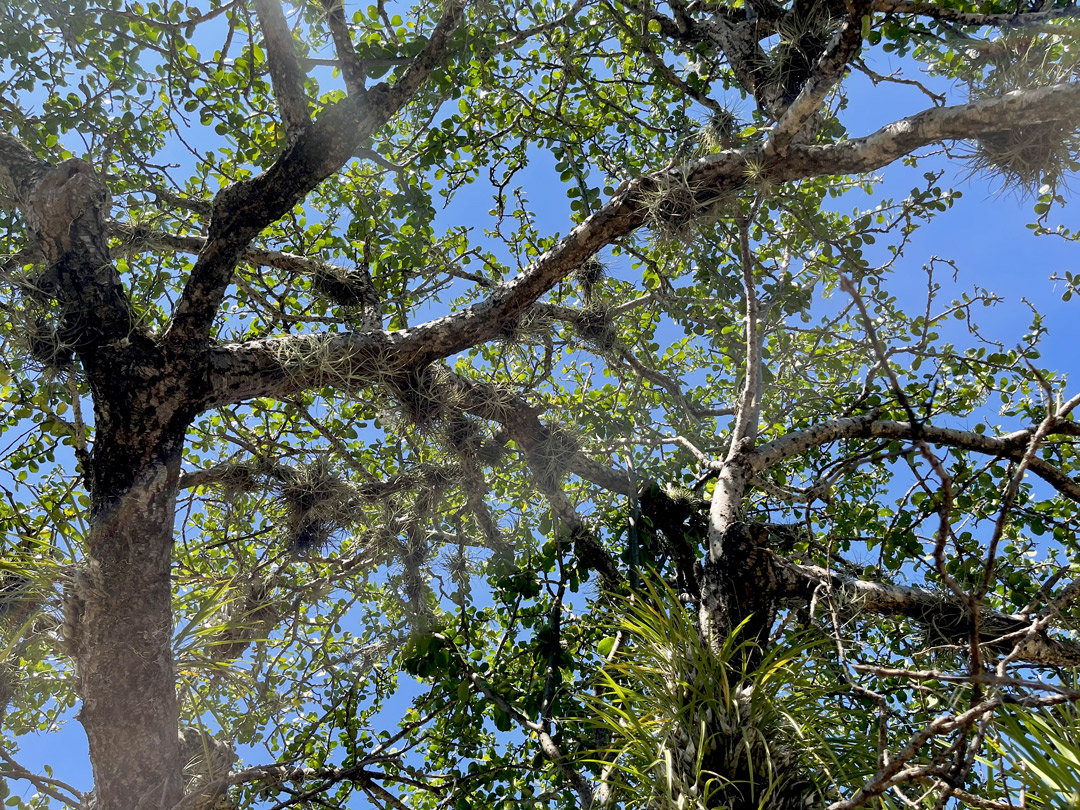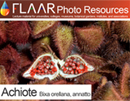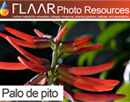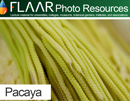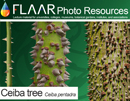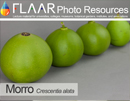When time and funding permit, each flower (each plant species) will have its own page, and its own PDF, and eventually its own PPT so that professors and students have plenty of material on Guatemala (and Honduras, etc) to study.
Heliconia adflexa, Coban, Guatemala, Hotel Monja Blanca, FLAAR, by Nicholas Hellmuth
This space is for flowers
we have recently found and photographed.
|
| Share
|
| “Manzanote” cactus that is a complete tree |
|
“Manzanote” cactus that is a complete tree Cacti are perennial plants, very attractive for their strange shapes and spines. Its stems are green, fleshy, simple or branched, with cylindrical, globose or flattened shapes. They are, generally, terrestrial plants adapted to extreme climates where they can survive long periods without water. They can be herbs, shrubby or arborescent, fleshy or even hard and woody stems; also, epiphytes cacti can be found (mostly in trees from the tropical zones) (Véliz, 2008). The main characteristic of cacti is the presence of thorns (spines) on their stems instead of leaves, in fact the word cactus derives from the Greek "káctos", which means "prickly thistle". But, as nature is unpredictable, there’s the exception of the rule: two genera which species that have leaves. These are: Pereskia and Pereskiopis, according to Véliz (2008). So, if you are a cactus enthusiast, you will surely be impressed by learning about the species Pereskia lychnidiflora. At first glance, Pereskia lychnidiflora looks like a tree full of thorns, since it can reach up to 9 meters in height and its stems are even woody-like, so you would never imagine that it is a cactus. This species is commonly found in the dry forest of Guatemala, which includes the departments of El Progreso, Zacapa and Chiquimula. It is known by the locals by the name of "Manzanote" (big apple in Spanish) due to the fruits it produces, very similar to apples (Yoshimoto, 2017). There is a special interest in the Pereskia genus because of its medicinal properties such as antisyphilitic, emollient and for the treatment of inflammatory and skin diseases. Recent research has shown that the P. lychnidiflora species contains anti-inflammatory and analgesic properties due to the presence of tannin alkaloids and sterols (Guerra, et al. 2018) The FLAAR Mesoamerica team found this amazing cactus in Guastatoya, El Progreso on Highway CA9. We have also seen at at the same tree cactus throughout dry hills of Zacapa, including in the Heloderma reserve.
The characteristics of Pereskia lychnidiflora make it a very interesting and exotic plant, but at the same time, very little studied and appreciated. It is a sample of the great diversity of species that we can find in the dry forest, a unique place in Guatemala; but very few people talk about it because the tree species that live there lose their foliage for 5 to 6 months, water is scarce due to lack of rain in the dry season and therefore, it is quite hot. For the other side, the seasonally dry forest can be a real spectacle in the rainy season, first because trees recover their foliage and transform into the forest we expect to see. Plus, there are many reptiles and insects that appear after months of estivation (when animals slow their activity for the dry season) which complement the landscape. You might be interested on reading about the most eccentric lizard from Guatemala, learn more here: Guatemalan relative of Gila Monster of southwest USA, Heloderma horridum charlesbogerti, Rio Motagua and Huehuetenango “El Niño Dormido” a unique species in the world https://flaar-mesoamerica.org/2020/01/24/el-nino-dormido-a-unique-species-in-the-world/ Next opportunity (once the Coronavirus lockdown is over), if you pass driving parallel to the Motagua Valley, now you know what to look for, so hopefully you will observe this interesting species: Pereskia lychnidiflora, one of the only cacti that have trunk, tree-sized branches, leaves. PDF, Articles, Books on Pereskia lychnidiflora
Suggested webpages with photos and information on Pereskia lychnidiflora https://cactusclassification.science/tag/leuenbergeria-lychnidiflora/ https://cactiguide.com/cactus/?genus=Pereskia www.crbio.cr:8080/neoportal-web/species/Pereskia%20lychnidiflora https://datosabiertos.unam.mx/IBUNAM:MEXU:1178886 https://ecohis.jmarcano.com/biodiversidad/pereskia/ https://enciclovida.mx/especies/143853-pereskia-lychnidiflora https://identify.plantnet.org/the-plant-list/species/Pereskia%20lychnidiflora%20DC./data http://legacy.tropicos.org/Name/5105741 http://legacy.tropicos.org/Name/5105741?tab=distribution https://powo.science.kew.org/taxon/urn:lsid:ipni.org:names:60461846-2 www.si.edu/es/object/nmnhbotany_11667595 www.snib.mx/iptconabio/resource?r=SNIB-ES002 www.theplantlist.org/tpl1.1/record/kew-2414583 www.zamorano.edu/2016/08/01/importancia-uso-los-cactus/ https://zims-en.kiwix.campusafrica.gos.orange.com/wikipedia_en_all_nopic/A/Pereskia Videowww.youtube.com/watch?v=LdY5uls0jsA
Updated January, 2022 by Nicholas Hellmuth, FLAAR (USA) and FLAAR Mesoamerica (Guatemala) |
Parque Nacional Yaxha, Nakum and Naranjo
Carnivorous Plants
Plants of Municipio de Livingston, Izabal
- Acrostichum danaeifolium, giant leather ferns
- Bellucia Pentamera
- Bibliography on Grias cauliflora
- Bibliography on Licania platypus
- Bibliography on Mangle negro (Avicennia germinans) L.
- Bibliography on Montriacardia arborescens
- Bibliography on Typha domingensis and Thypha latifolia
- Conocarpus erectus, white mangrove
- Edible Wetlands Plants, Hotel Tortugal
- Heliconia latispatha
- Heliconia wagneriana
- Manicaria saccifera Confra palm
- Neotropical trees of Guatemala need protection
- Nymphoides indica, waterlily flowers
- Pachira aquatica, zapoton
- Bibliography on Pithecellobium Mart., Neotropical trees of Mesoamerica
Ecosystems, Wetlands Aquatic Plants
Smartphone Camera Reviews
Bushes and small trees
Fungi and Lichens
Orchids
- Bibliography Bletia purpurea, aquatic orchid
- Bibliography, Epidendrum radicans
- Bibliography on Habenaria Orchids from Yaxha
- Bibliography, Lycaste virginalis var. alba.
- Bibliography, Macroclinium bicolor
- Bibliography, Prosthechea cochleata
- Bibliography Sobralia macrantha, Lirio de San Juan
- Bibliography, Sobralia xantholeuca
- Bibliography on Terrestrial shade orchids from Guatemala
- Bibliography on Terrestrial sunny orchids from Guatemala
Botanical Terms
Maya and Aztec flavorings for cacao, cocoa, chocolate
- Achiote, Bixa orellana
- Bibliography on Achiote, Bixa orellana
- Bibliography on Esquisúchil, Bourreria huanita
- Bourreria huanita
- Cassia grandis, bucut
- Chile Chocolate
- Chile Chocolate (Capsicum annuum var accuminatum)
- Chiranthodendron pentadactylon
- Cymbopetalum penduliflorum
- Guazuma ulmifolia
- Haematoxylum brasiletto
- Piper auritum, hoja santa
- Piper species
- Quararibea funebris
- Sterculia apetala, castaño
- Tagetes sp., Marigold
- Talauma, a variant of Magnolia
- Vanilla orchid
- Virola and nutmeg
Cacao, cocoa, chocolate
Consulting cacao & Theobroma species
Tobacco Ingredients of Aztec & Maya
Trees of Mesoamerica
- Bibliography on Acacia dolichostachya, Wild tamarind
- Bibliography, Bellucia costaricensis
- Bibliography, Bucida buceras
- Bibliography on Coccoloba belizensis Standl.
- Bibliography on Cojoba sp. and Cojoba arborea
- Bibliography, Ficus.
- Bibliography on Haematoxylum campechianum and H. brasiletto
- Bibliography on Hibiscus pernambucensis
- Bibliography on Ipomea murucoides
- Bibliography on Lacmellea standleyi, lechemiel
- Bibliography on Leucaena leucocephala
- Bibliography on mangle rojo (Rhizophora mangle)
- Bibliography on Manzanillo, Alseis yucatanensis Standl.
- Bibliography on Matilisguate, Tabebuia rosea
- Mangrove swamp Trees
- Bibliography on Ruagea insignis
- Bibliography on Pterocarpus officinalis
Bombacaceae, Bombacoideae
Tropical Fruits of the Maya
- Avocado Hass
- Bibliography on Coloc, Talisia floresii
- Bibliography, Dichogamy of avocado species
- Bibliography on Guayo, Talisia olivaeformis
- Bibliography on Laetia thamnia, Bakelac
- Bibliography on Maracuyá, Passiflora quadrangularis L.
- Bibliography on Punica granatum L., Granada
- Cashew
- Cuajilote, Parmentiera aculeata
- Granada
- Guanabas and Annonas
- Guava, Guayaba, Psidium guajava L
- Introduction to Papaya
- Nance a fruit of prehispanic Guatemala
- Passion flowers and fruits
- Passion flower, giant fruit
- Talisia floresii, Sapindaceae
- Carica Papaya Bibliography
Tropical Nuts
Spices, condiments, food coloring
Medicinal Plants
- Aristolochia, The largest flower in Guatemala, Bibliography
- Asclepias curassavica, bibliography
- Bibliography on Ciricote, Cordia dodecandra
- Bibliography on Contrahierba, Dorstenia contrajerva
- Bibliography on Falso hibisco, Malvaviscus arboreus
- Bibliography on Huele de noche, Cestrum nocturnum
- Bibliography on Lirio araña, Hymenocallis littoralis
- Bibliography on Roble Prieto, Ehretia tinifolia
- Bibliography, Tithonia diversifolia
- Canak
- Calliandra general info
- Guava, Guayaba
- Magnolia and Taluma
- Mayan medicinal plants
- Piper
- Tecomasuche, Coclospermum vitifolium
- Bibliography on Sufricay, Malmea depressa
- Bibliography on Wigandia urens
Underutilized edible plants
Edible Plants of the Mayan World
- Acacia, subin, bullhorn acacia
- Bibliography, Annona muricata
- Bibliography, Annona purpurea
- Bibliography, Annona reticulata
- Bibliography on Chipilín, Crotalaria longirostrata
- Bibliography on Chirimoya, Annona squamosa
- Bernoullia flammea
- Canna indica, tamale wrap
- Cuchamper, Gonolobus
- Guava, Guayaba
- Bibliography, Gonobolus sp.
- Bibliography, Parmentiera aculeata
- Pacaya palm Chamaedorea tepejilote
- Split leaf philodendron, Monstera deliciosa
Plants and trees used to produce incense
Utilitarian Plants
- Bibliography, Acacia farnesiana
- Bibliography on Aechmea bromeliifolia
- Bibliography on Agave americana
- Bibliography, native Agave species from Guatemala
- Bibliography on Anthurium crassinervium (Jacq.) Schott
- Bibliography on Balsa, Ochroma pyramidale
- Bibliography on Bamboo, Guadua longifolia (E.Fourn) R.W.Pohl
- Bibliography, Crescentia alata
- Bibliography, Crescentia cujete
- Bibliography on Hule, Castilla elastica
- Blepharidium guatemalense, irayol blanco
- Crescentia alata, Crescentia cujete
- Tecomasuche, Coclospermum vitifolium
- Bibliography on Coxte, Colubrina arborescens
- Bibliography on Madre cacao, Gliricidia sepium
- Bibliography on Tillandsia usneoides
